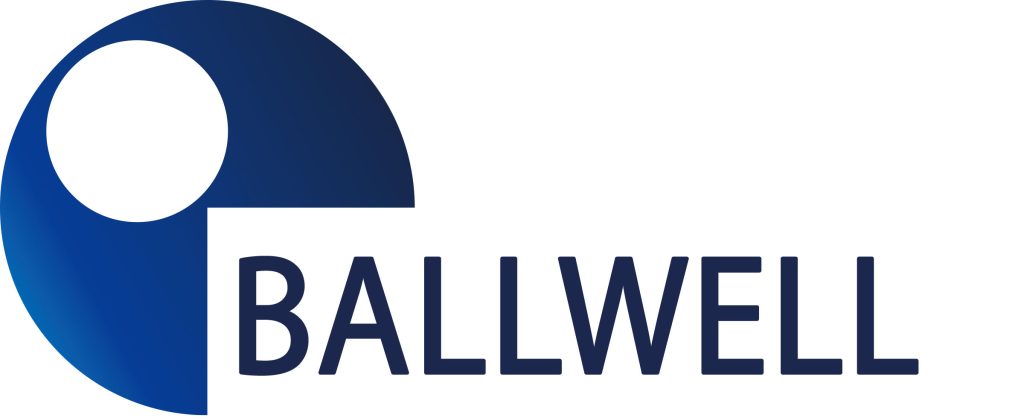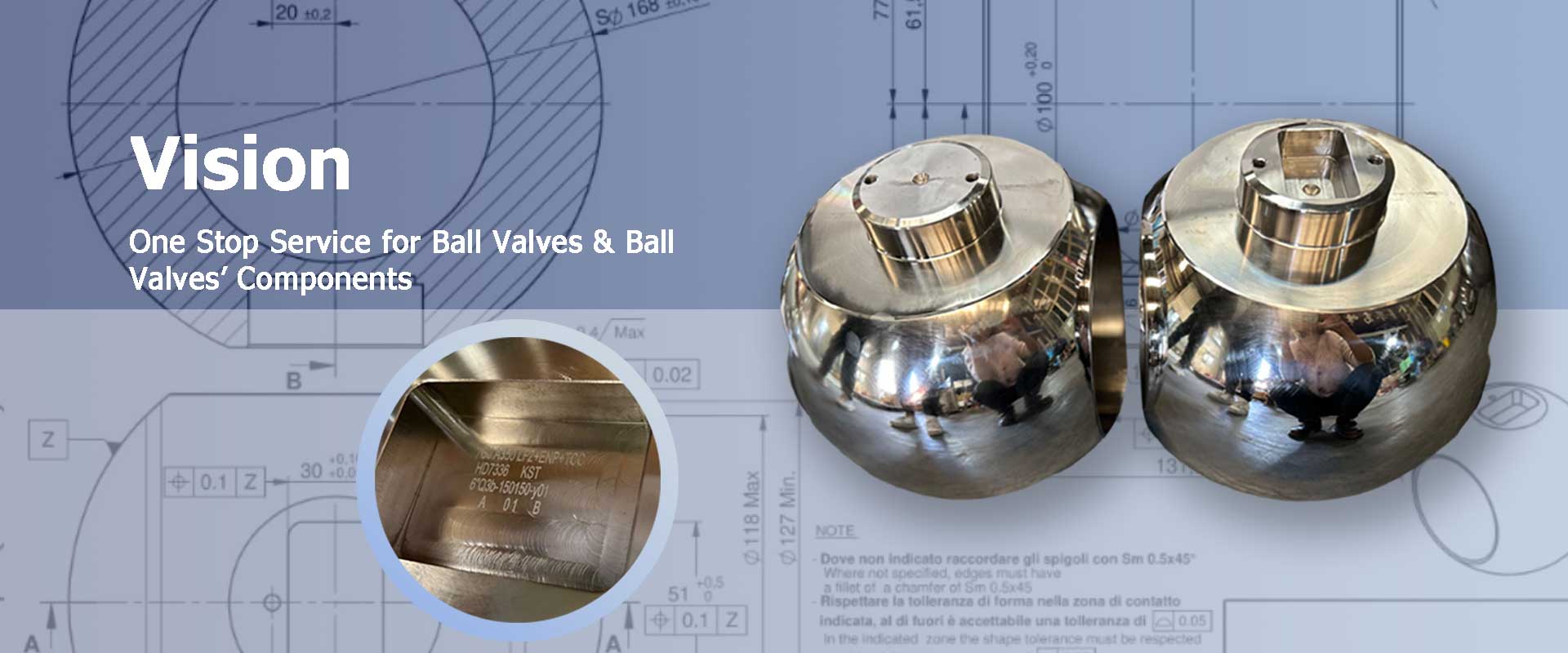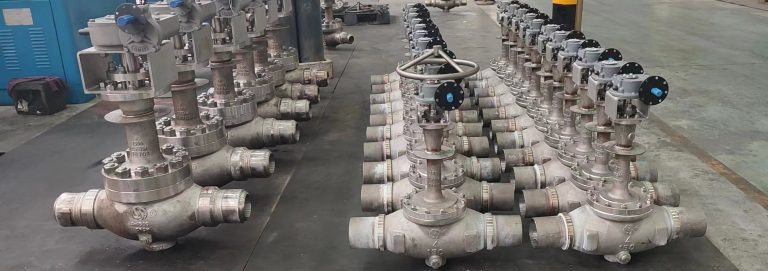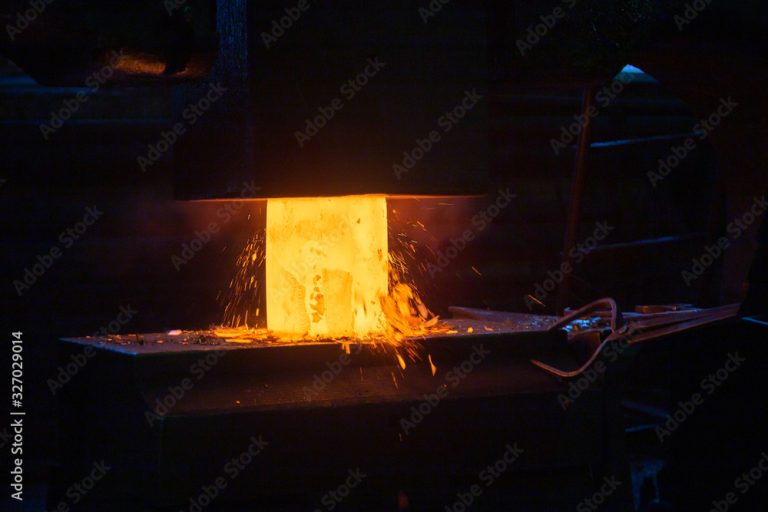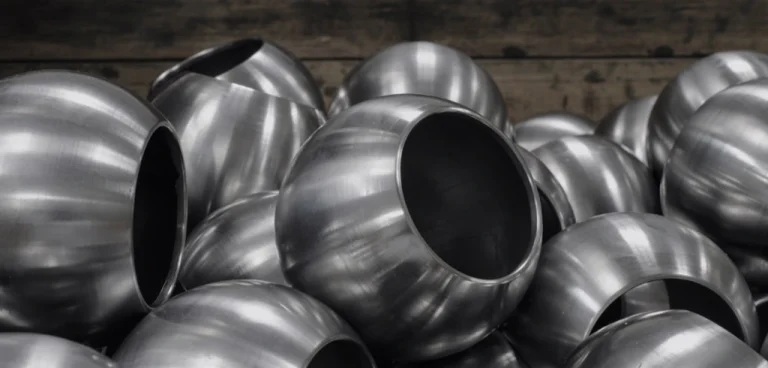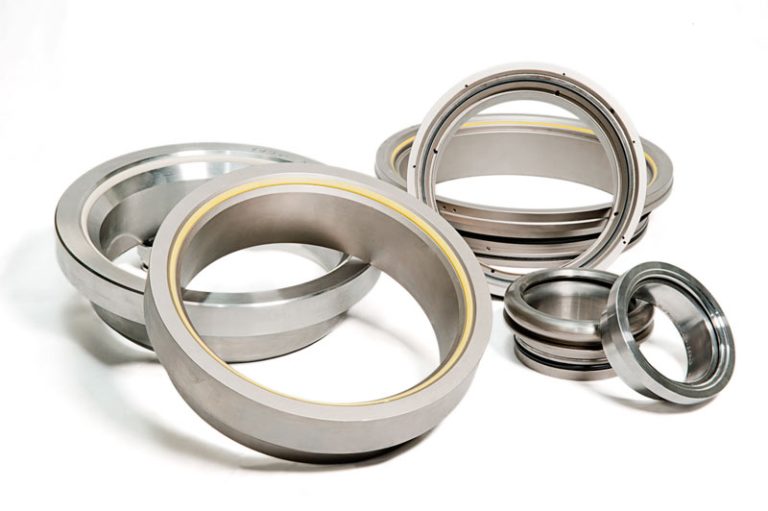Introduction
General industrial ball valves seal by fluid pressure pushing the ball into the downstream resilient seat. At
extreme pressures however, the floating ball valve may wear prematurely and require high torques during
operation. Conversely, trunnion mounted ball valves are ideally suited for extreme pressures because the
ball is supported by trunnions rigidly secured in the body thereby reducing the operating torque. The
upstream and downstream seats are pressure-energized to seal the ball and therefore minimize wear.
Ball valve seats can be configured to seal in one or both directions which gives rise to the two types of
configurations as defined by API 6D, see below. There is mystery and confusion as to what is meant by
Double Block and Bleed (DBB) versus Double Isolation and Bleed (DIB) and when to specify them. When
working on a process line application you need to be able to answer the question, “Which is the correct
valve configuration for my application or process?” You will first need to understand your desired
outcome and the differences between the two configurations.
API 6D DEFINITIONS
DBB – Double-Block-and-Bleed: single valve with two seating surfaces that, in the closed position, provides a
seal against pressure from both ends of the valve with a means of venting/bleeding the cavity between the seating
surfaces.
DIB – Double-Isolation-and-Bleed: single valve with two seating surfaces, each of which, in the closed position,
provides a seal against pressure from a single source, with a means of venting/bleeding the cavity between the
seating surfaces.
Applications
If a seat configuration is not specified for your trunnion-mounted ball valve, you will likely receive the DBB
configuration depending on the manufacturer. DBB valves will seal in both directions and the cavity will
be self-relieving when leakage from one of the seats occurs or the process fluid trapped in the body cavity
is subject to thermal expansion. But with a DBB valve, when one seat leaks, there will be no backup sealing
from the other seat. The vent valve can be used to regularly conduct a leak test on the valve while under
operation to monitor leak rates. Unfortunately, if done infrequently, vent valves can clog and mask valve
leakage. Regular maintenance and testing are important to maintain safety.
When effective double isolation is required to reduce the risk of downstream leakage, a DIB configuration
should be specified. A DIB valve is also specified when there is a low tolerance for leakage. DIB valves can
also be used when the process fluid contains grit or abrasive material which can promote leakage. With a
DIB valve, both seats must be compromised before downstream leakage will occur. Since a DIB valve may
expel fluid from the body cavity due to thermal expansion, provisions to collect that fluid should be made.
The key benefit to being able to evacuate the cavity is to eliminate possible harm to equipment or people
and possible damage to the valve that could cause the media to escape into the atmosphere.
It should also be noted that some high-risk piping systems may require a special valve arrangement where
two individual DBB or DIB ball valves are piped in series with a smaller bleed valve piped between the two
valves. This arrangement is more reliable than the use of the valve-mounted relief valve for releasing
pressure and leakage from the valve when downstream maintenance to the pipeline is needed, especially
when hazardous fluids are used and downstream maintenance is a regular part of the process.
Conclusion
The key is knowing your process application and how the media reacts to choose the proper valve
configuration. Knowing the differences between the DBB and DIB valve configurations will allow you to
make the correct decision. Consider your tolerance for leakage, how to evacuate the valve cavity, and the
required level of safety that is needed. When in doubt, contact the valve company for further guidance.
References Standard
American Petroleum Institute, “ANSI/API Specification 6D Specification for Pipeline Valves”, 23rd
edition, April, 2008.
